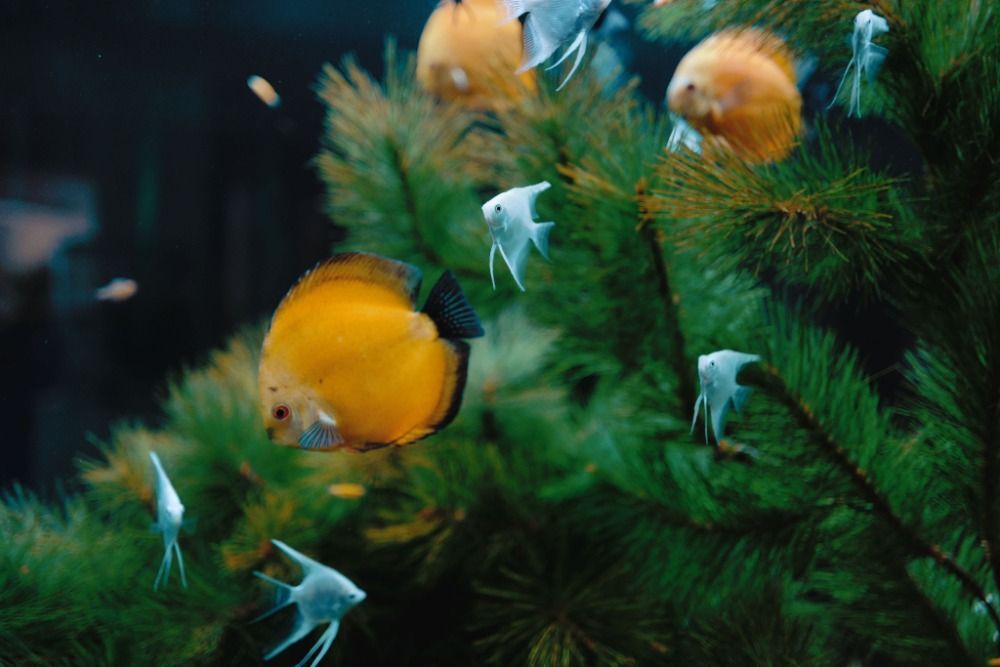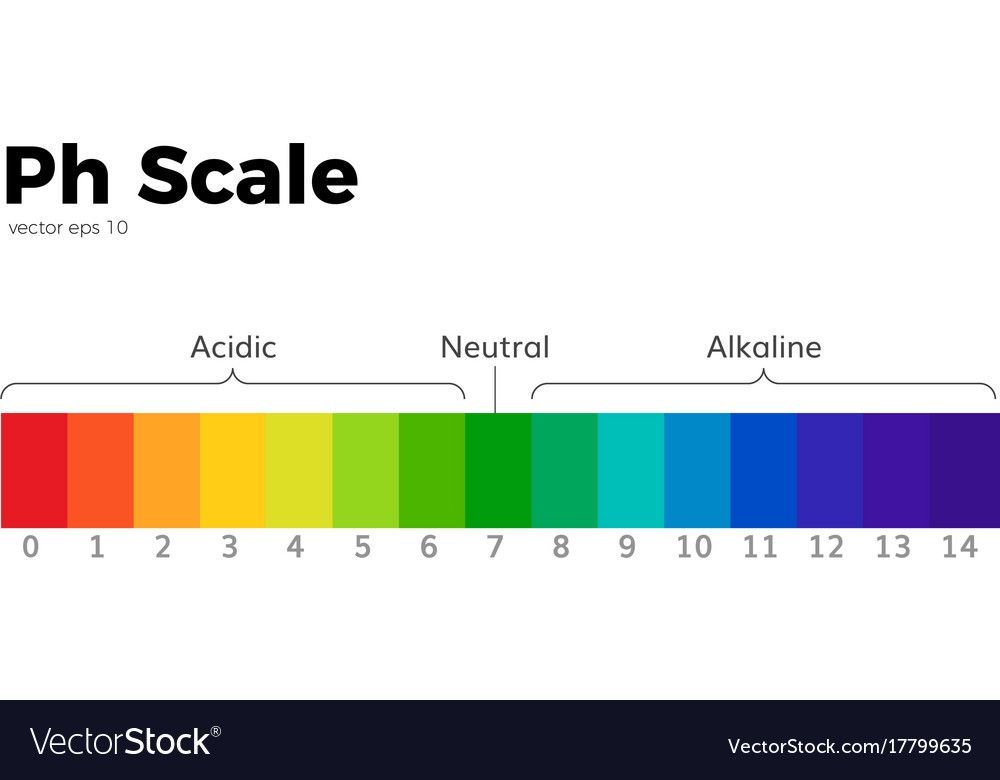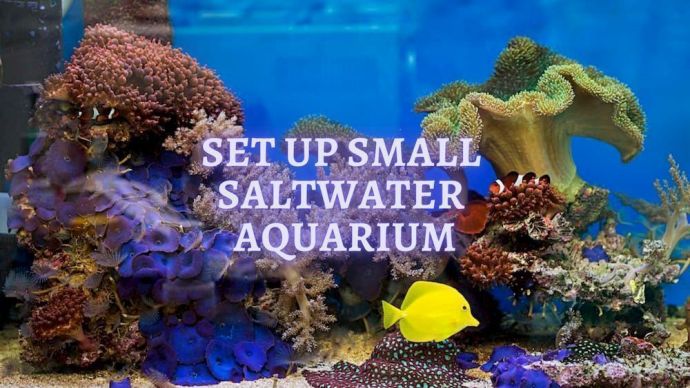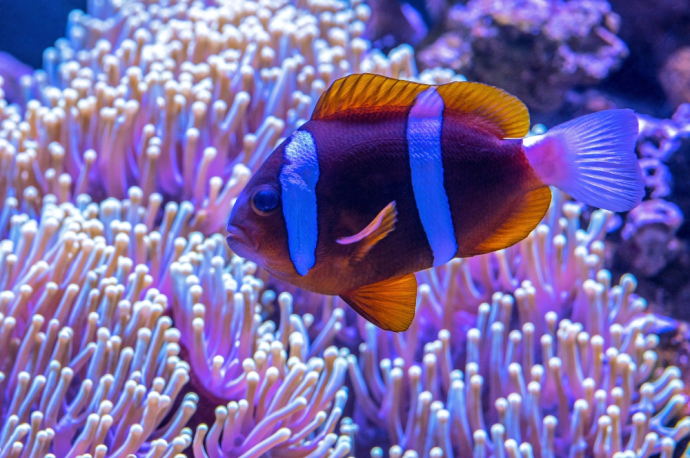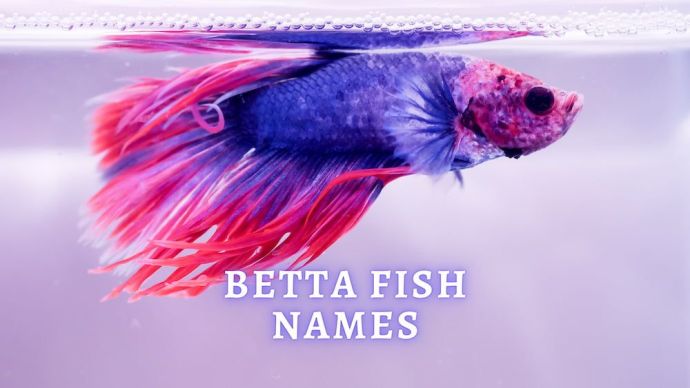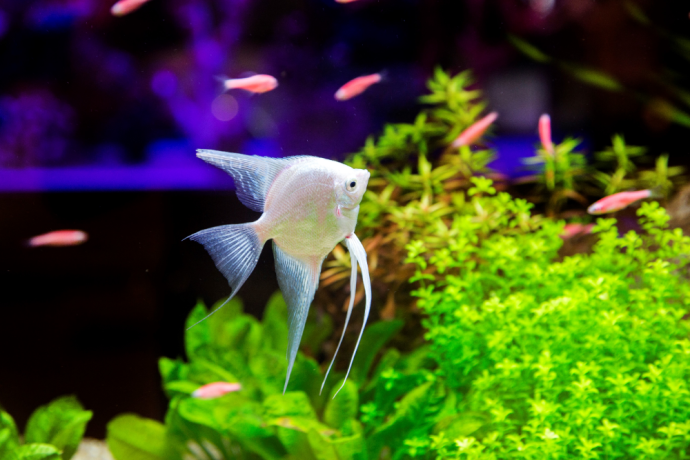How to lower pH in an Aquarium
Written by:
Author: Vicki Smirnova
Vicki Smirnova is a professional writer and editor who adores animals and helps readers get along well with their pets. She has been working in digital media for more than 5 years and has great experience writing content about lifestyle, including pets. Vicki specializes in dog health and nutrition, cat feeding, dog training. She is an aquarium lover and is passionate to write about fish care at home. Also, Vicki headed several websites and worked as a news editor.
View all 244 articlesLearn about our editorial process and veterinary review board.
Viewed: 175
Updated on: 03/16/2021
An essential component of an aquarium is water and its composition. The life of fish, plants, and other inhabitants depends on the characteristics of water.
In this article, we will analyze what the pH is, why it is needed, which indicators are considered normal, and which are critical.
What is pH?
The pH level is a value that shows the degree of concentration of hydrogen ions and hydroxides in water. The aquarium’s water environment can change the pH indicator spontaneously due to the activity of living organisms (fish, vegetation), the operation of aquarium equipment, etc. Usually, these changes occur gradually, and fish can adapt to the new water quality, but if the change in acidity occurs suddenly, the inhabitants of the aquarium may die.
pH Standards
The optimal pH value in an aquarium is in the range from 5 to 10 units. This interval ensures maximum availability of food elements – the primary condition for full growth and successful reproduction of living organisms. But all living things in the aquarium (fish, vegetation) will feel comfortable in the water if the acid-base balance is in the range of 6.8 – 7.2.
If the pH level is higher than usual, iron, manganese, and molybdenum, which are essential for plant nutrition, pass into a rare form (they are contained in water, but are inaccessible to plants), resulting in the risk of chlorosis and several other diseases. With a pH of 7.5 units, carbon dioxide also becomes challenging to access. When the pH becomes higher than 7.6, plants themselves begin to release nutrients, resulting in the biogenic desalination of plants, which sooner or later will lead to death. Plants can also die when the pH decreases to 6-6.5. So, first, the leaves and stems die, and then, if the pH is below 5, the root dies.
If the pH is shifted towards an alkaline environment, the fish’s behavior becomes restless, the coordination of their movements is disrupted, the gill cap begins to contract rapidly, and the entire body moves convulsively. After it is covered with mucus, the corneas of the fish’s eyes become cloudy, and the fins fan out. Subsequently, it dies. In acidic water, fish first show an excited state and then a depressed state: the number of gill contractions is reduced, the fish turns upside down, and its body is covered with mucus. The mucus secreted by the fish prevents the release of carbon dioxide from its body, which causes the fish to die.
Typically, pH fluctuations should be in the range of 0.2 – 0.8 per day. The level of water acidity depends on the level of CO2: the higher the concentration of carbon dioxide, the lower the hydrogen index.
READ MORE: Freshwater Tank Setup
What affects the pH level?
The concentration of chemical compounds and elements is primarily affected by aquarium vegetation. During photosynthesis, it absorbs carbon dioxide, which increases the pH level, and at night, when the photosynthesis process is absent, the indicator decreases.
Why is it increasing?
1. Water aeration: an increase in the concentration of oxygen in the water leads to a decrease in carbon dioxide levels.
2. Extracts from aquarium decor items (corals, fossils, etc.) and the substrate: their structure contains minerals that increase the pH.
3. An abundance of light: the amount of light directly affects photosynthesis speed and, consequently, the pH level.
Why is it falling?
- The artificial supply of carbon dioxide (CO2) to the aquarium helps plant growth. This compound, entering the water, dissolves and forms carbon dioxide, increasing the number of hydrogen ions, which lowers the pH.
- The respiration of plants, fish, and bacteria contributes to the release of carbon dioxide.
- The presence of snags is in the container.
- Temperature: water contained at an elevated temperature contributes to the fact that the water becomes acidic.
- PH decreases are affected by nitrification, methane fermentation, and sulfide oxidation.
How do I determine the pH level?
If you want to determine the pH level in the aquarium, special tests are most often used, which can be purchased at a pet store. They are simple and clear: one strip is immersed in aquarium water, and its color determines its hardness.
You can also measure the pH level using an electronic pH meter, but this device needs calibration and is not cheap.
You can also use a pH controller. This is a device that can not only measure the pH of water but also maintain the necessary level in the aquarium. The main principle of operation is the dosed supply of carbon dioxide to the sea. It is an electronic unit with a display, an electrode, and two calibration solutions and a calibration station. The device is efficient and reliable, but its price is quite high.
How to lower the pH level in an Aquarium?
To reduce the pH level in an aquarium, you can use preparations sold in specialty stores and that contain phosphoric acid. Side effect: they help to increase vegetation, so you should not get carried away with them.
There is a similar way to lower the pH in an aquarium using alder cones. The cooking process is remarkably the same, but it is often tough to get them. The extract is prepared at the rate of 1 tablespoon of cones per glass of water. Boil for 5-7 minutes and then filter through the gauze and cool. It is recommended to use a glass of solution for 10 liters of water, but this may not be enough. The use of these methods does not always achieve the desired result. The fact is that peat and alder cones have tannins in their composition, an overabundance of which is dangerous for the inhabitants of the aquarium. Also, they give the water a brown hue.
READ MORE: Everything you need for a Saltwater Tank
Add natural dry chestnut-colored peat to the water:
- Add 0.1oz of peat to 0.2 gallons of distilled water.
- During the day, it is necessary to measure the pH level – high acidity indicates that the peat is suitable.
- The solution is poured into the aquarium in small parts.
- pH balance measurements are performed periodically.
Use the freezing method:
- Water is poured into the basin.
- The container is placed in the cold.
- When the liquid is half frozen, it must be broken.
- Unfrozen water is drained, and the ice is melted.
- The resulting water is added to the aquarium.
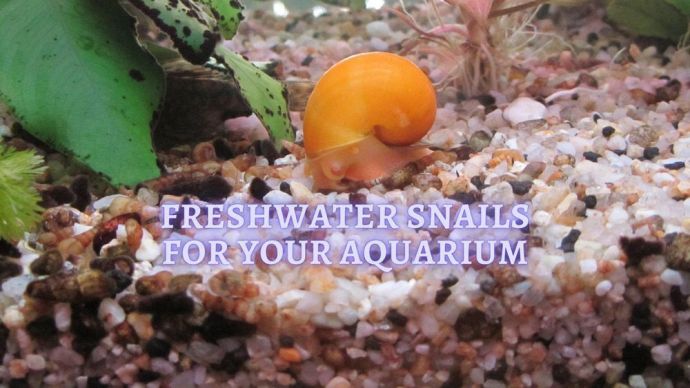 Fish Owners Tips Types of Freshwater Snails: Exotic cleaners for your Fish Tank
Fish Owners Tips Types of Freshwater Snails: Exotic cleaners for your Fish Tank - 1704
- 0









